When it comes to micro drones, it is very hard to find a camera that is small and light enough to fit in. Measuring 15 x 15 mm and weighing only 4.09 grams, the Eachine C600T camera can be lifted by very small drones.
At the moment, basically, there are two approaches in the design of FPV cameras, “all-in-one” (one device, VTX + camera) and “spitted” (individual camera and VTX). Every design has its own pros and cons.
In tandem with the C600T camera, Eachine offers a lightweight 5.8G wireless video-transmission module, called VTX01. Featuring up to 200 mW broadcast power, it is fair enough for proximity flying.
Eachine C600T technical specs
- 1/3 inch CMOS sensor;
- 8 mm lens;
- Horizontal resolution of 600 TVL;
- Resolution of 720 x 576 PAL edition and 720*487 NTSC version;
- Wide Dynamic Range (WDR);
- SNR >48db;
- Compatible with VTX03;
- Auto back-light compensation;
- 4:3 aspect ratio;
- JST-SH 1.0mm 3p connection socket;
- 3.3v ~ 5v input voltage.
You probably heard the word “WDR” many times so far and still don’t know what exactly means. Wide Dynamic Range aka WDR allows capturing both, dark and bright areas in difficult lighting conditions in the same frame. This feature is beneficial for FPV flights.
Eachine C600T camera review
Disclosure: I received this mini FPV camera for a product review collaboration with Banggood. Although the product was offered as a gift, all opinions in this review are my own. Thanks again for their continuous support.
The camera comes in a small box with a pre-soldered cable (red – power, yellow – video, black – GND), and lens cap. No mounting accessories are included. I received a PAL version of the Eachine C600T, but NTSC is also available.
As the C600T camera is specially designed to be paired with the VTX03 VTX, at the end of the wires, there is a 3-pin socket (JST-SH 1.0mm) that accepts the VTX03’s plug. No soldering is required.
The lens is glued – no manual focus adjustment nor lens swapping to obtain a different field of view.
To keep the camera’s weight as low as possible, instead of using screws, the main PCB is glued to the camera module—no back cover. Electronic parts are fully exposed to mechanical shocks, as well as for accidental short circuits.
Eachine C600T review: Test / Image quality
At the beginning of my review, the plan was to test the Eachine C600T installed on one of my micro brushed drones, but constrained by lack of time, I did only a “laboratory” test by connecting the camera to my Eachine LCD5802S FPV monitor. I used a 1s Li-Po to power up the camera.
The camera performs very well, but the image quality could be sharper, I also noticed a lower contrast compared to my other FPV cameras. Latency is good, with no visible delay.
No OSD or other way to adjust any settings, so you have to indulge with the factory configuration (quality).
Pricing and availability
If you plan to build your own mini FPV drone, the C600T camera can be found here for only $14.99 (including free shipping). Compatible VTX can also be found there for $10.55.

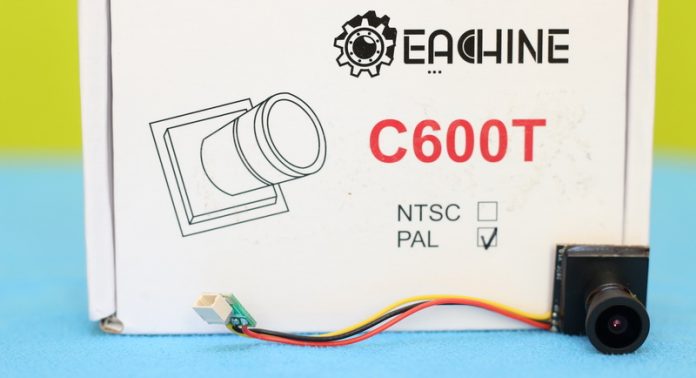
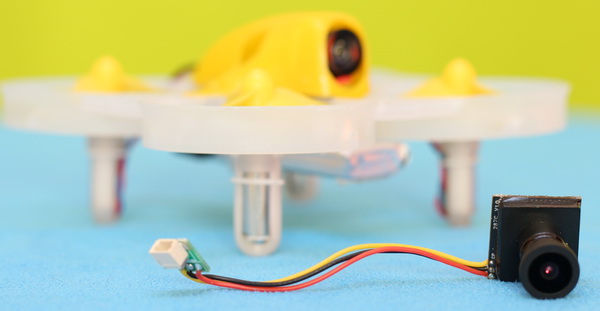
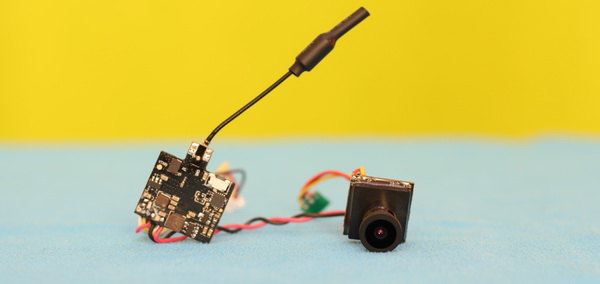
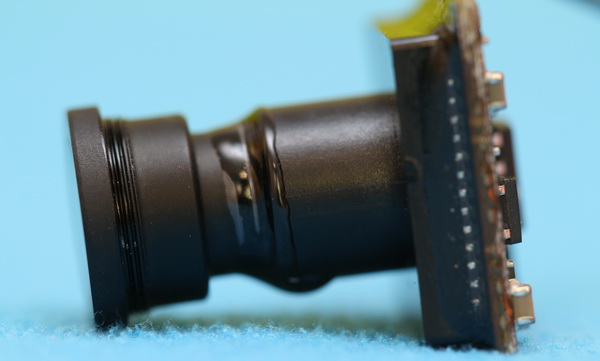
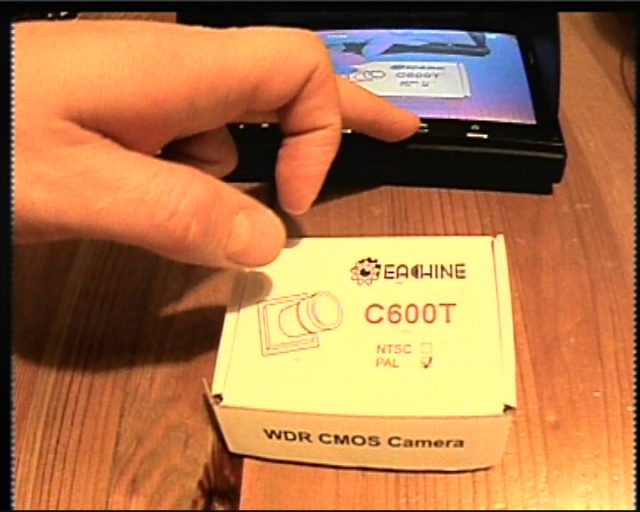
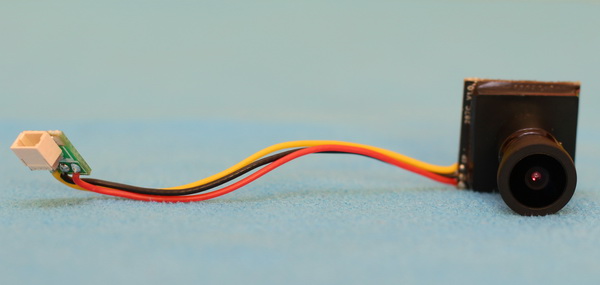
Visitor Rating: 4 Stars
Visitor Rating: 4 Stars
I need a camera like this for my DIY TinyWhoop, do you think it will be OK?
Visitor Rating: 4 Stars
Visitor Rating: 3 Stars
Visitor Rating: 3 Stars